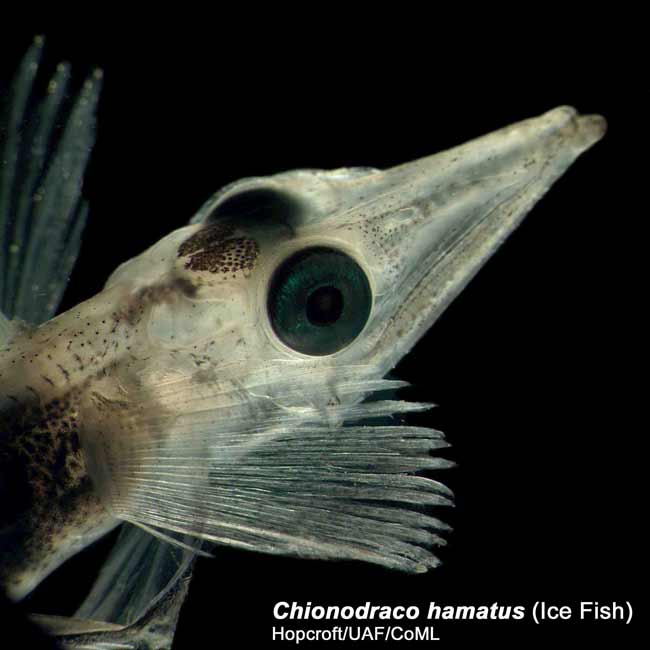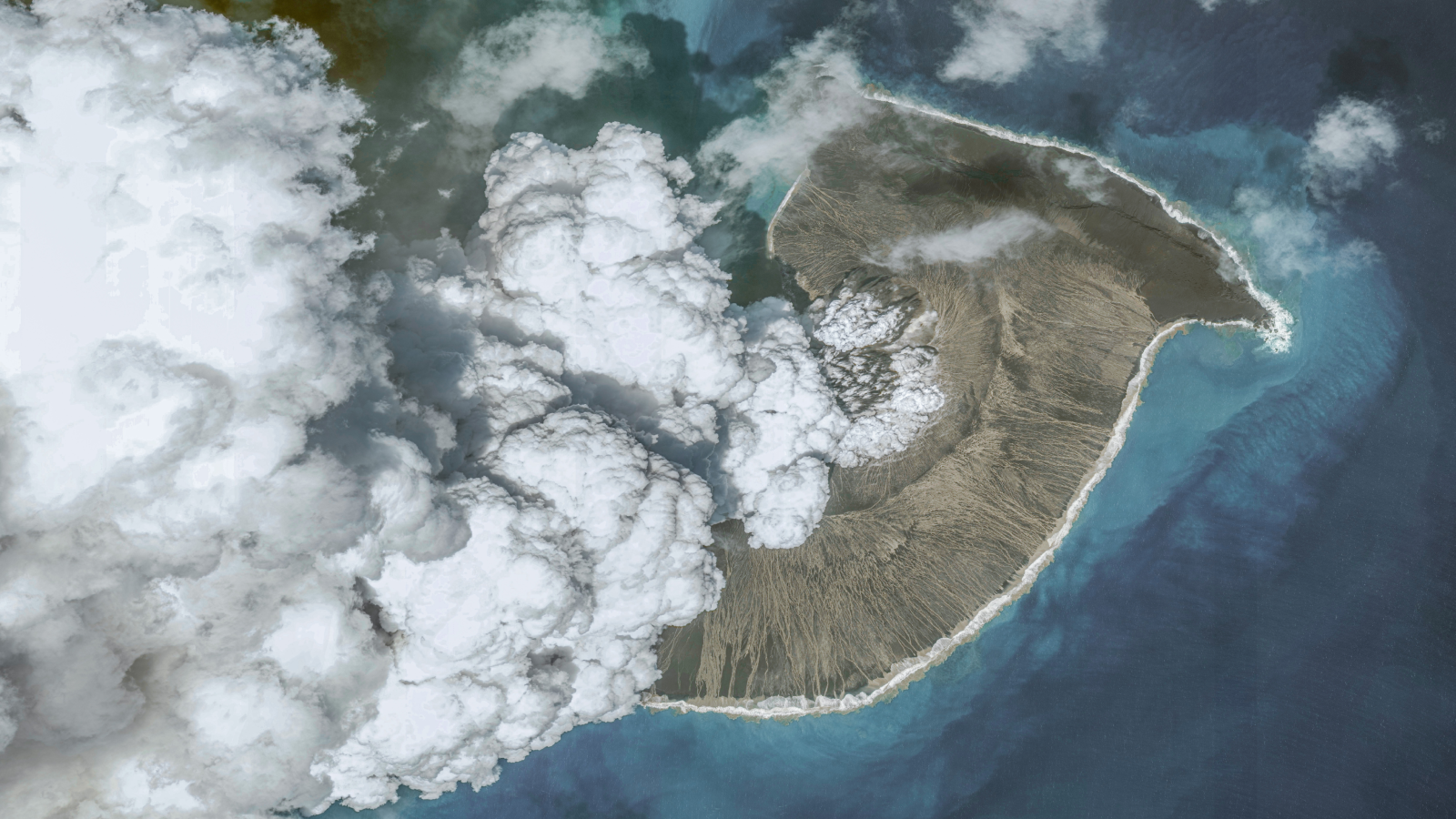Same Species Found at Both Ends of Earth

Scientists have determined that at least 235 species live in both polar seas despite the 8,000 miles (13,000 km) between the ends of the Earth.
How some of the creatures wound up at the top and bottom of the planet is a mystery. Distance and habitat divisions — such as warm water between the two regions — are among the things that can separate creatures and lead to new species. A DNA analysis is underway to confirm if the like species are in fact identical, the researchers announced today.
The researchers also found evidence that cold water species are moving toward the poles to escape rising ocean temperatures. The project has also returned dramatic photos of species as wide-ranging as ice-loving sand fleas and an antifreeze Antarctic fish that can withstand temperatures that would freeze other fish.
Among the beasts that call both polar seas home are marathon migrators such as grey whales and birds. But the researchers, working on the ongoing Census of Marine Life, also found bipolar worms, crustaceans, and angelic snail-like pteropods.
"The polar seas, far from being biological deserts, teem with an amazing quantity and variety of life," said Ian Poiner, chair of the Census Scientific Steering Committee for the project.
Biologists from several nations have for the past two years worked on the census, at times braving 48-foot (16-meter) waves and frigid conditions.
"Only through the cooperation of 500 people from more than 25 countries could the daunting environmental challenges be overcome to produce research of such unprecedented scale and importance," Poiner said. "And humanity is only starting to understand the nature of these regions."
Get the world’s most fascinating discoveries delivered straight to your inbox.
The team estimates there are 7,500 animals in the Antarctic and 5,500 in the Arctic, and the total number of marine life species known globally is about 250,000. That number may eventually rise to about a million, scientists say. In general, other scientists have said they do not know how many species exist on Earth. The National Science Foundation estimates there could be anywhere from 5 million to 100 million species of life on the planet, but science has only identified about 2 million.
One result of the sea-life census: Researchers are beginning to understand how the polar seas act as incubators for life that sometimes ventures away from the poles as sea temperatures rise and fall over the eons. Last year they discovered that several octopus types have repeatedly colonized the deep sea, each migration coinciding with retreating Antarctic ice over 30 million years.
The scientists now theorize that the Antarctic regularly refreshes the world's oceans with many new creatures, including different varieties of sea spiders, isopods (crustaceans related to shrimp and crabs), and more. They believe the new species evolve when expansions of ice cloister around the south polar region; when the ice retreats, creatures radiate northward along the same pathways followed by the octopuses.
Meanwhile, the census finds smaller marine species are replacing larger ones in some Arctic waters. The reasons are unclear but the implications for the Arctic food web may be profound, the scientists said.
- Gallery: Incredible Sea Life
- North vs. South Poles: 10 Wild Differences
- 10 Species You Can Kiss Goodbye



